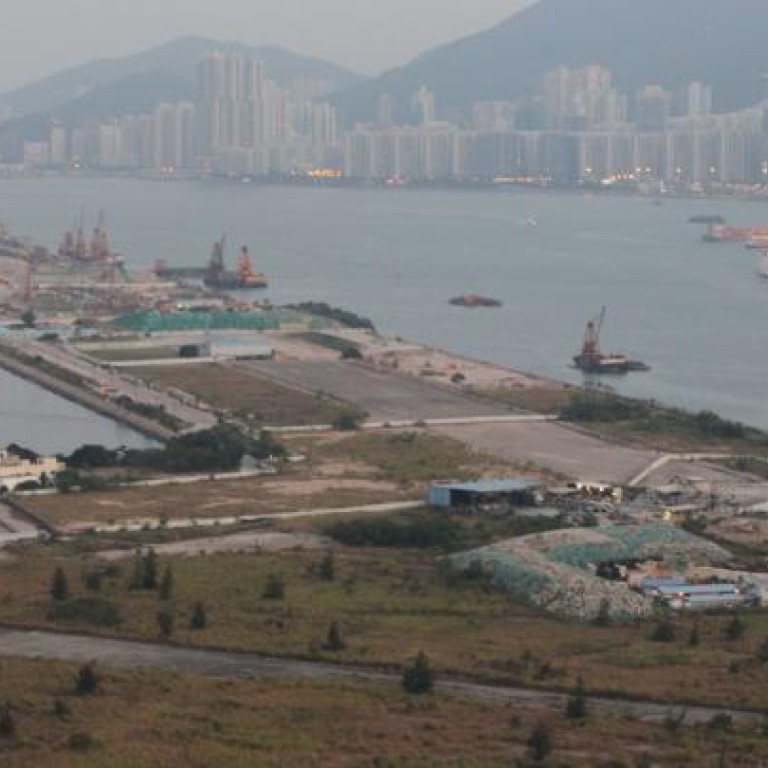
Number of homes at Kai Tak site must be doubled, says adviser
Housing crunch means plan for ex-airport site 'needs updating to relieve homes pressure'
The number of new homes planned for the former Kai Tak airport site should be more than doubled, to 70,000 units, a key government adviser said yesterday.

"The low-density development in Kai Tak could barely address people's basic needs," Choi said, outlining a plan that he said could raise the total number of flats far above the current 30,000 and accommodate a population of 120,000.
The proposal is the latest sign that the government may be reconsidering the existing plan for Kai Tak, which was approved in 2007.
Development chief Paul Chan Mo-po granted a review on the plan last month and, on Saturday, housing chief Anthony Cheung Bing-leung suggested that the site still had room for more flats.
Choi recommended boosting the number of private flats by raising to seven from five the plot ratio for 27 hectares set aside for residential building. He said the number of public and subsidised flats could be raised by relocating a proposed sports stadium planned to take up more than 20 hectares close to To Kwa Wan.
The extra 39,500 units would be made up of 15,000 private, 17,500 public and 7,000 subsidised units, with a density equivalent to general housing estates in Kowloon, Choi said. The share of private flats would be lowered to 45 per cent from 55 per cent.
The proposals face opposition from the sports sector and town planners, who argue that any big changes would violate the consensus reached in a public consultation on the future of the site that lasted two years.
But Choi said the housing problem had become much more serious since 2007, with the waiting list for public flats doubling to 200,000 applicants from 100,000 five years ago.
"It's true that the plan is a result of the pursuit of a better quality of life for the public in the past few years," Choi said. "But we must opt for change when more than 30,000 households are living in sub-units and the younger generation cannot afford a flat."
A government source has said that the government is considering moving the stadium to Sunny Bay on Lantau Island, a suggestion met with huge opposition from the sports sector.
Sports sector lawmaker Ma Fung-kwok said he would accept a new site only if it was more conveniently located, had better facilities and could be completed before 2020.
"The stadium is a priority for our sector," he said.

